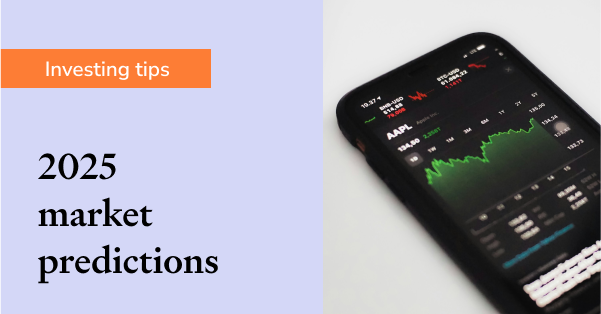Benchmarking your portfolio against ETFs
UPDATE: 30-May-2019: You may now benchmark your portfolio against any stock, ETF, or fund
If you haven’t switched on the benchmarking feature in Sharesight, give it a try. You can track the performance of your portfolio against our universe of ETFs.
Most Sharesight clients build their own portfolios with an eye towards DIY diversification that suits their expectations and risk tolerance. This means benchmarking against a single stock market or index isn’t ideal.
A common client request has been to allow for benchmarking against a diversified portfolio. Typically, “diversified” means some combination of underlying assets that combine to form everything from a conservative to a growth strategy.
There’s an ETF for that
To get started, look at the ETFs listed over at the ETF database in their “diversified” section - any of these that trade on markets Sharesight tracks are a good place to start. For example, Vanguard just announced the launch of four diversified ETFs in Australia, ranging from conservative to high growth. These new Vanguard ETFs are:
- VDBA.AX Vngd Div Balance Etf Units
- VDCO.AX Vngd Div Conserv Etf Units
- VDHG.AX Vngd Div High Growth Etf Units
- VDGR.AX Vngd Div Growth Etf Units
Broadly the new Vanguard ETFs look like this:

Why benchmark your portfolio against ETFs?
Benchmarking against the “index” or the “S&P” is purely theoretical. If you were actually going to invest in the market you’d have to do it through a security of some kind (or by recreating the index yourself).
Too many investors have been conditioned to compare their portfolios against the index prices they see online and in the news.
ETFs are a superior benchmark because they’re a legitimate investment option and they take into account all the inner workings of a real portfolio, including fees, dividends and any franking credits that may apply.
How to select ETFs as a portfolio benchmark
From the Portfolio Overview page, click on the "Add a Benchmark" button. In the "Search for a Benchmark" field, type the ETF market code and select the desired ETF from the results (in the image below, we entered the VDBA.AX Vngd Div Balance Etf Units code).

Then select the “Graph performance index” option in the chart type drop-down menu to see your performance against the benchmark:

Our calculation engine assumes a common investment amount and start date to show you a true comparison – both in terms of raw data, and in the chart. In this instance we’ve selected a time period of one week – as these new Vanguard ETFs are only new to the market and will not have price data for earlier periods.
Make sure to read our step-by-step guide to benchmarking as well as our Help section on how to interpret the return index graph.
Benchmarking is available to all Sharesight clients on Starter, Investor, Expert, and Professional plans – to access this feature upgrade today!
Further information

2025 market outlook: Navigating the post-rally world
After a historic rally, investing experts warn of challenges ahead as AI evolves and politics reshape the US investment landscape.

Challenging traditional approaches to portfolio construction
Learn why the 60/40 portfolio model is being challenged and how financial advisors can adapt portfolio construction for today's changing investment landscape.

Sharesight product updates – January 2025
Key updates this month include final changes to our drawdown risk report before its full release, as well as expanded broker support.